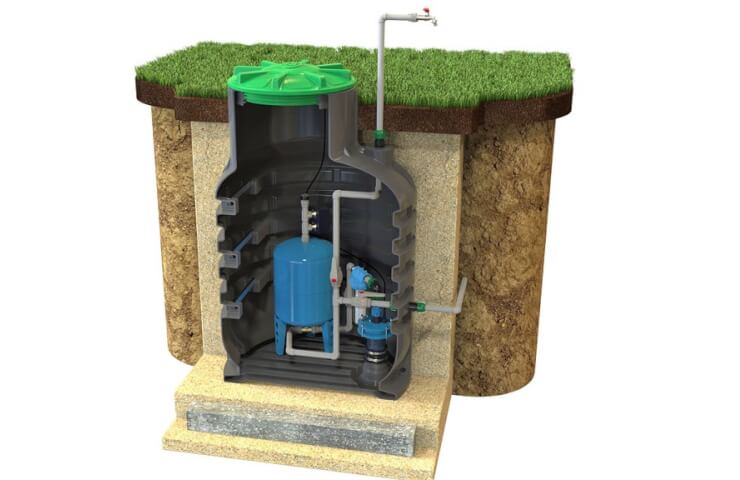Drilling a water well is one of the most effective ways to ensure uninterrupted water supply to private homes, cottages and businesses. In Dnieper and the region, this service is very popular, as many residents strive to gain access to clean water that is independent of city networks. In this article we will tell you what you need to know before you start drilling a well and what features this process has in the Dnepropetrovsk region.
Why do you need an artesian well?
An artesian well allows you to extract water from deep aquifers horizons, which usually passes through several layers of soil, filtering naturally. This ensures high quality water that is protected from surface contamination. A water well is an excellent option for autonomous water supply, especially in places where there are no central water supply networks or their quality leaves much to be desired.
Features of drilling wells in the Dnieper and the region
Geological structure The Dnepropetrovsk region is diverse. In some places, the soil consists of dense rocks, which requires the use of special drilling methods and high-quality equipment. In other areas, sand or limestone layers may be present, which also affects the choice of drilling technology. In addition, the depth of aquifers varies from 30 to 150 meters, which must be taken into account when planning work.
Types of wells for drilling
Depending on the depth and purpose, there are several types of wells :
Artesian wells. These wells are drilled to great depths and provide a stable water supply with high water quality. Artesian water passes through several layers of rock, which provides additional filtration.
Sand wells. They are drilled to a shallower depth, usually up to 30-50 meters, and provide water from sandy aquifers. Such wells are cheaper to install, but have a shorter service life and are prone to clogging.
Abyssinian wells. This is the simplest type of wells that are drilled at shallow depths. However, this type is only suitable for areas with high groundwater.
Steps of drilling wells
The process of drilling a well includes several key steps:
Preparation and selection of location. Before starting work, a site analysis is carried out to determine the optimal location for drilling, taking into account the depth of the aquifers and soil composition. At this stage it is also necessary to obtain all permits and approvals.
Drilling. Depending on the type of soil and the depth of the aquifer, either rotary drilling or percussion drilling is used. This process requires the use of special drilling equipment and professional drillers.
Installation of casing. After drilling a well, a casing pipe is installed, which prevents the collapse of the well walls and protects the water from contamination.
Well construction. At the final stage, pumps and filters are installed that provide water supply and filtration. A caisson can also be equipped - a special room to protect equipment from external factors.
Commissioning. After completion of all work, a test run of the system and checking the water quality are carried out. It is important to make sure that the well operates stably and meets all requirements.
Advantages of drilling wells in the Dnieper and the region
Independence from central networks. The well allows you to completely independently provide yourself with clean water, which is especially important in conditions of interruptions in the operation of the city water supply.
High quality water. Water from artesian wells is generally cleaner and safer than water from surface sources.
Durability. Modern technologies for drilling and constructing wells make it possible to ensure their operation for decades with minimal maintenance.
Efficiency. In the long term, a water well turns out to be a more profitable solution than paying for city water supply services or constantly purchasing drinking water.
Important points before drilling a well
Before Before starting the process of drilling a well, it is important to consider several key factors:
Permitting documents. To drill a well, you must obtain permission from local authorities, since water resources are under state protection.
Choosing a reliable company. The success of drilling depends on the professionalism of the contractor. It is important to choose a company with experience and modern equipment to avoid mistakes and unforeseen problems.
Needs assessment. Before drilling, you need to clearly understand how much water you will need. This will help you choose the right glue





